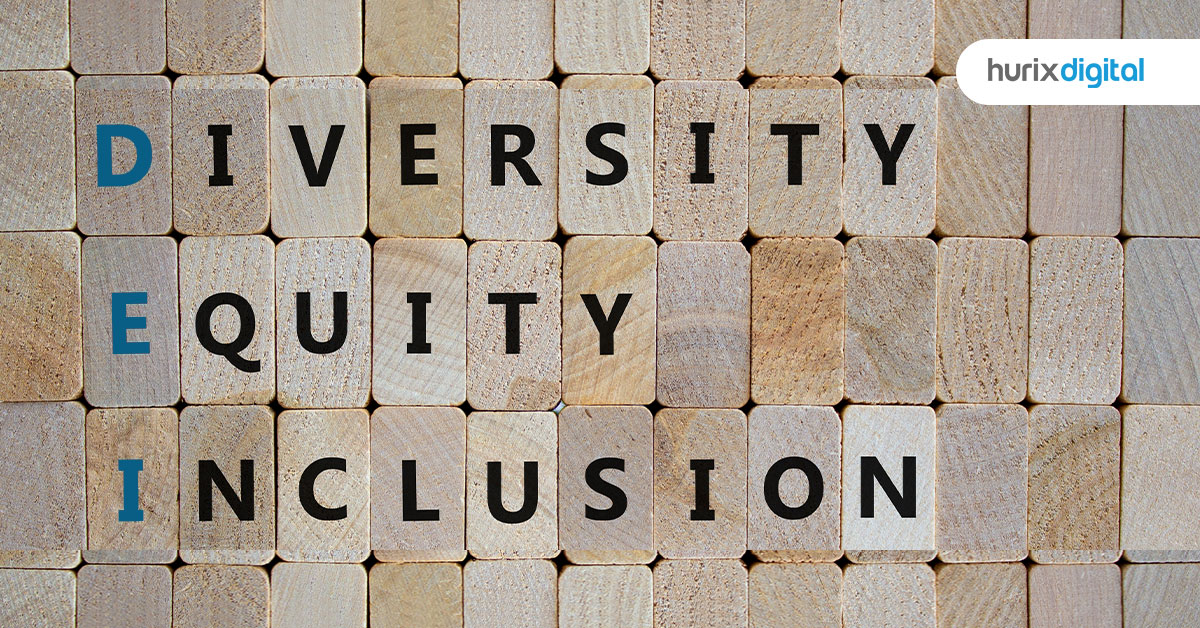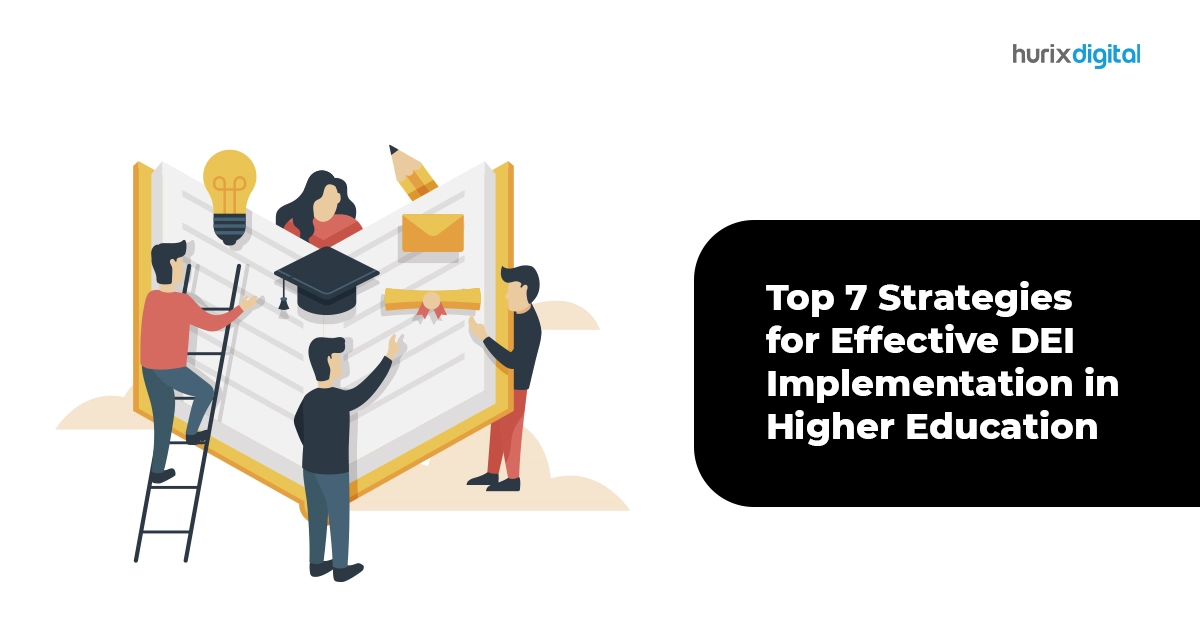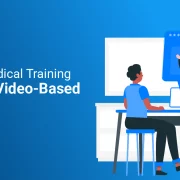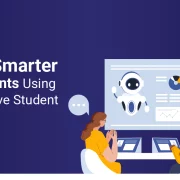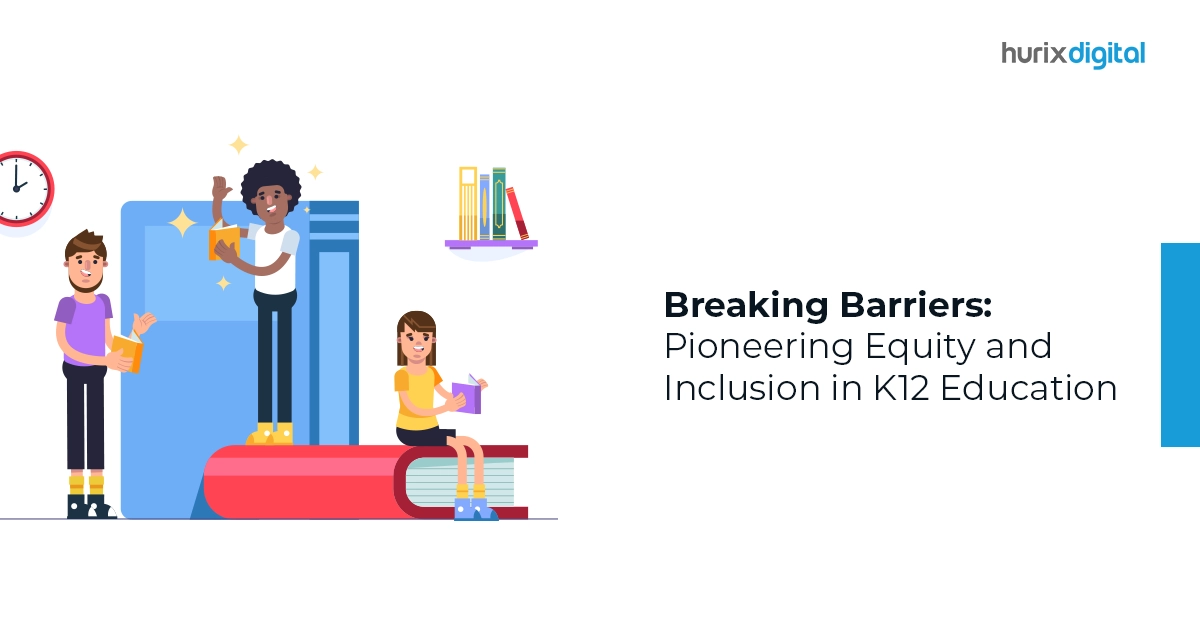
Breaking Barriers: Pioneering Equity and Inclusion in K12 Education
Summary
Explore strategies for promoting equity and inclusion in K12 education. This article highlights innovative approaches to addressing disparities and supporting diverse student needs.
Equity and inclusiveness are critically important in today’s educational scene. They address different areas of educational systems, ranging from curriculum design to school policies, influencing how we approach teaching and learning.
They assist teachers in providing education and programs that reflect the diversity of students and their needs, resulting in learning environments that embrace diversity and cultivate inclusion.
However, promoting the values of diversity, equality, and inclusion (DEI) necessitates a holistic strategy that connects several policy areas through a well-rounded framework. These principles revolve around recognizing the different backgrounds, identities, and experiences that students bring to the classroom.
By recognizing diversity, schools may foster a more inclusive learning environment in which all children feel valued and appreciated. This is the need of the hour.
Each education system faces distinct problems defined by its history, culture, and demography. Read on to explore some potential solutions and innovative approaches to addressing equity and inclusion in K12 education.
Table of Contents:
- DEI in K12 Education: An Uphill Battle
- Bypassing the Challenges in K12 Education: The Way Forward
- Diving into the Future of K12 Education
DEI in K12 Education: An Uphill Battle
First, we need to understand the issues preventing the implicit implementation of DEI in higher education and inclusion in K12 education.
Here is a list of challenges in K12 education that might be getting in the way of encouraging diversity and inclusion in schools:
- Lack of Representation: More often than not, students feel like they do not belong if they do not see more people like them around. This is why schools should invest in special educators who can ease them into the environment.
- Discrimination: Schools may struggle to prevent discrimination and promote diversity, especially among peers. Investing in inclusive curriculum development may help with this issue.
- Inadequate Resources: There may be insufficient resources for working with gifted and talented children, including those with special needs.
- Language Barriers: In multilingual cultures, having educators as well as courses with language aids is essential.
- Systemic Transformation: Supporting diversity, equity, and inclusion (DEI) in K12 education requires a focus on creating an inclusive learning environment.
- Perception Disparities: There can be disparities in the perceptions of DEI in schools within the authorities without standard guidelines.
- Inequities in School Systems: Identifying inequities in K12 education systems requires the right tools and someone with the training to implement them.
- Opportunity Gaps: Revealing opportunity gaps due to social and financial backgrounds can be an issue.
- Inclusive School Environments: Measuring the inclusiveness of school environments can be difficult.
- Education for Special Needs: Providing adequate aid and specialized teachings for children with special needs is a challenge. Whether they are on the spectrum or have early learning difficulties, trained professionals are the answer.
- Interdisciplinary Frameworks: Implementing interdisciplinary frameworks in schools can be challenging.
These are some of the most common challenges faced in promoting equity and inclusion in K12 education. These challenges encompass various aspects of the educational system, ranging from representation and discrimination to resource allocation and systemic transformation. Each challenge presents unique obstacles to creating an inclusive learning environment where all students feel valued and supported.
Also Read: AI-Powered Lesson Planning: Revolutionizing the Way Teachers Create Content for K12
Bypassing the Challenges in K12 Education: The Way Forward
Although the sheer magnitude of challenges in achieving DEI in schools might seem daunting, thanks to the technological advances of the 21st century, it is much easier to implement today.
Here are some potential solutions to addressing equity and inclusion in K12 education:
1. Perception Alignment
The first step towards achieving DEI in schools is ensuring all authorities are on the same page. Regular training and discussions are a wonderful way of ensuring just that. Conducting virtual workshops and seminars, providing access to resources and research on DEI, and facilitating open discussions on DEI issues and strategies are the first steps.
2. Inclusive Learning Environments
Virtual classrooms can effectively erase the difference between private and state-sponsored education. Using online resources, students across all financial and social backgrounds can have access to the same curriculum and opportunities that follow.
3. Language Support
Most multilingual countries follow a common language route in education. This can often cause those who are not native speakers of the language to fall behind. Edtech brings in the unique opportunity for the same material to be supported by different languages to ensure equal opportunities.
4. Identifying Inequities and Addressing Opportunity Gaps
Data-driven tools can be used to identify and address inequities in the education system. Data analytics can analyze student performance and outcomes. With the right information, you can identify patterns of inequity and develop targeted programs to address these inequities.
EdTech tools are an excellent way to address opportunity gaps due to social and financial backgrounds. Students from all backgrounds can have access to the same programs, along with specialized resources to help them with their unique problems.
5. Special Needs Education
Specialized EdTech tools and aids are now being used for children with special needs. These tools leverage the power of AI and ML to provide personalized learning experiences. They can help develop essential skills and provide the extra care special needs children must have.
6. Interdisciplinary Frameworks
Digital platforms can be used to implement interdisciplinary frameworks in schools to encourage holistic learning. Online platforms can be greatly personalized in their offerings to provide an array of courses, all designed to address a student’s particular interests.
7. Professional Development
Online platforms are great tools for educators to understand the standards needed to implement diversity and inclusion in higher education. Teachers can now access training courses and resources on DEI and improve their teaching skills to suit student needs.
Additionally, online communities and forums provide a space for educators to share best practices, exchange ideas, and collaborate on initiatives to promote equity and inclusion in education.
Also Read: 7 Best Education Tech (EdTech) Companies for K12 Institutes in 2024
Diving into the Future of K12 Education
There are many obstacles to achieving perfect equality in K12 education. However, with the right approach and by leveraging up-and-coming technologies, we can start introducing inclusion.
The first step might be aligning perceptions across the board among authorities. But to make it happen, you need the right tech partner. Hurix Digital, as one of the top Edtech experts today, can guide you toward achieving diversity and inclusion in schools by leveraging the power of AI.
Hurix Digital offers an array of services, such as personalized courses, real-time feedback, predictive analysis, and much more. With their technical prowess, you can usher in DEI in higher education today.
To take the first step toward the future of K12 education, connect with our team today!

Senior Vice President
A Business Development professional with >20 years of experience with strong capability to sell new solutions and develop new markets from scratch. New Market Entry Specialist with experience of working in two of the largest emerging markets – China & India. Also covered other key markets in APAC, US, EU & ME. Exceptional experience of conceptualizing, ideating and selling new learning technologies like VR AR, etc. across multiple industry verticals.
